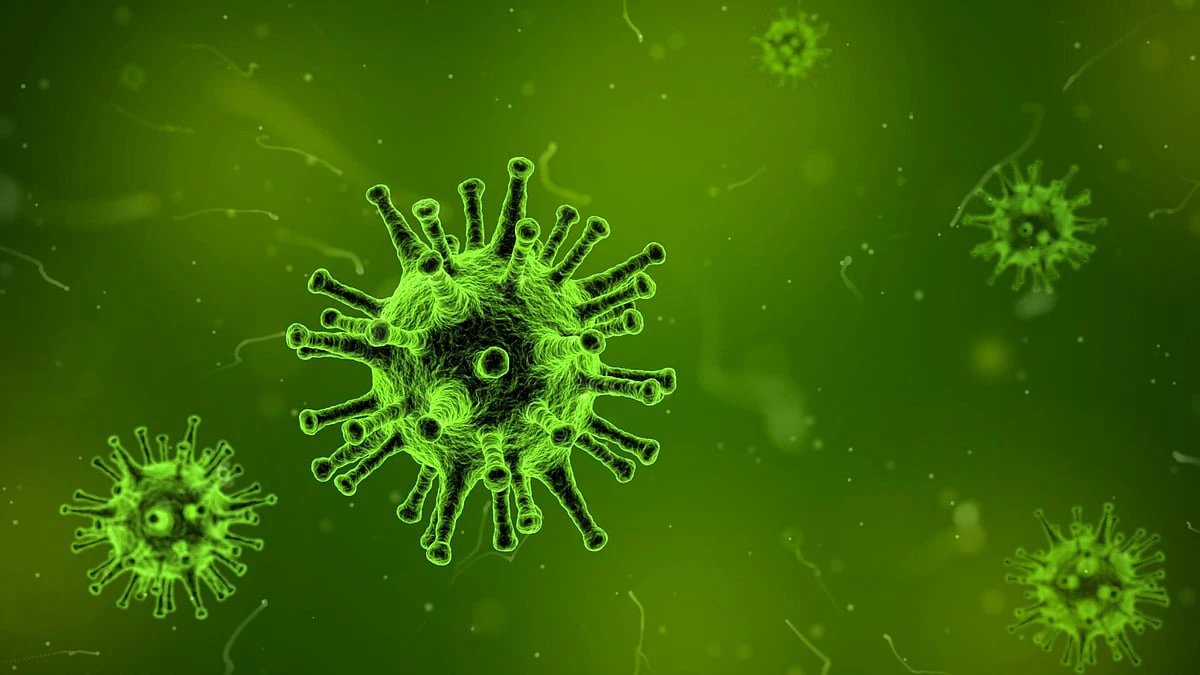A fresh health alert has gripped the global community after the World Health Organisation (WHO) confirmed an outbreak of the Marburg virus in Southern Ethiopia.
At least nine infections have been recorded so far, prompting urgent containment efforts. Often referred to as “Ebola’s cousin” due to its similar structure and severity, the virus is known for its high fatality rate and rapid spread.
WHO announced on X (formerly Twitter) that it is working closely with Ethiopian authorities to curb transmission, treat patients, and prevent the illness from crossing borders.
As the situation develops, here’s a clear and comprehensive breakdown of the virus, its causes, symptoms, and why this outbreak demands close attention.
What is Marburg virus?
Marburg virus belongs to the same family as the Ebola virus and causes Marburg Virus Disease (MVD) , a severe, often deadly hemorrhagic fever. First identified in 1967 after simultaneous outbreaks in Germany and Serbia, the virus was linked to lab workers who had contact with infected monkeys imported from Uganda. Since then, sporadic outbreaks have been reported across Africa.
The virus can infect humans through exposure to infected wild animals, including certain bat species, and then spread rapidly through human-to-human transmission.
What causes Marburg virus?
As per medical reports, including the Cleveland Clinic, MVD is caused by two closely related viruses: Marburg virus (MARV) and Ravn virus (RAVV). Both can cause severe internal bleeding and organ damage.
The virus spreads through direct contact with:
Blood
Saliva
Urine
Face
Breast Milk
Semen
Vaginal fluids
Reports suggest transmission can also occur through contaminated surfaces, shared items, and medical equipment. This makes outbreaks especially difficult to control without immediate isolation and hygiene interventions.

Marburg virus symptoms to watch out for
According to the CDC, symptoms usually appear abruptly, within 2-21 days after exposure.
Early signs include:
High fever
Severe headache
Muscle aches
Chills
As the illness progresses, patients may experience:
Chest or abdominal pain
Nausea and vomiting
Intense diarrhea
A non-itchy rash that appears within 2-7 days
Bleeding from gums, nose or other organs
Organ failure or shock in other cases
Fatal cases typically occur around the eighth or ninth day due to massive blood loss and circulatory collapse. WHO estimates the fatality rate to be around 50%, depending on the outbreak and available medical care.
Diagnosis
As per medical studies, diagnosis requires laboratory testing of blood samples, as early symptoms overlap with many tropical diseases. Advanced tests such as RT-PCR, antibody detection, and antigen-capture assays are crucial for confirmation.
Is there any treatment or vaccines?
Currently, no approved antiviral treatment or vaccine exists for MVD, as reported by WHO.
Survival largely depends on early medical intervention, including:
Intensive rehydration
Restoring electrolyte balance
Managing bleeding
Treating secondary infections
Research is underway on potential monoclonal antibody treatments, antivirals, and vaccine candidates, but none have yet reached approval for public use.
Why this outbreak matters
Marburg outbreaks are rare but highly dangerous due to their speed and severity. Reports confirm that previous outbreaks have occurred in countries like DR Congo, Ghana, Kenya, South Africa, Equatorial Guinea, Tanzania, and Uganda. The virus is believed to jump from bats to humans and can re-emerge even after years of silence.
